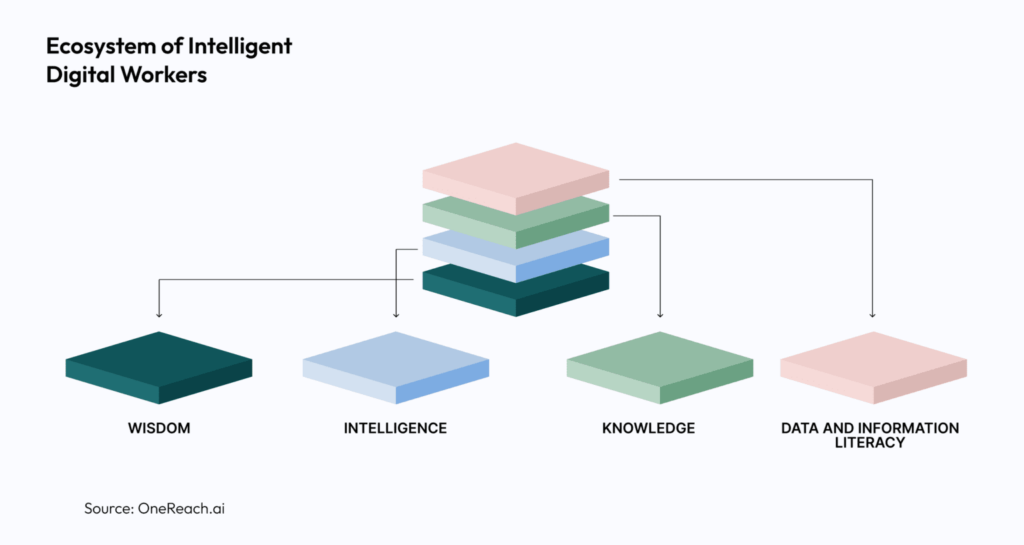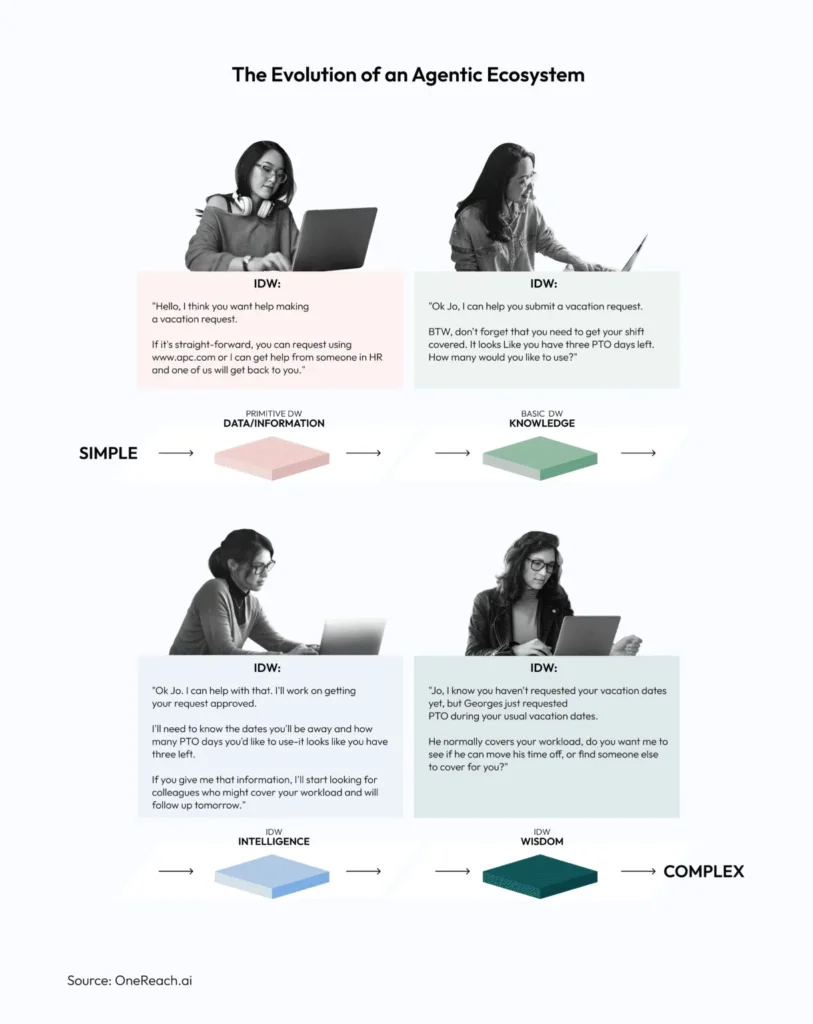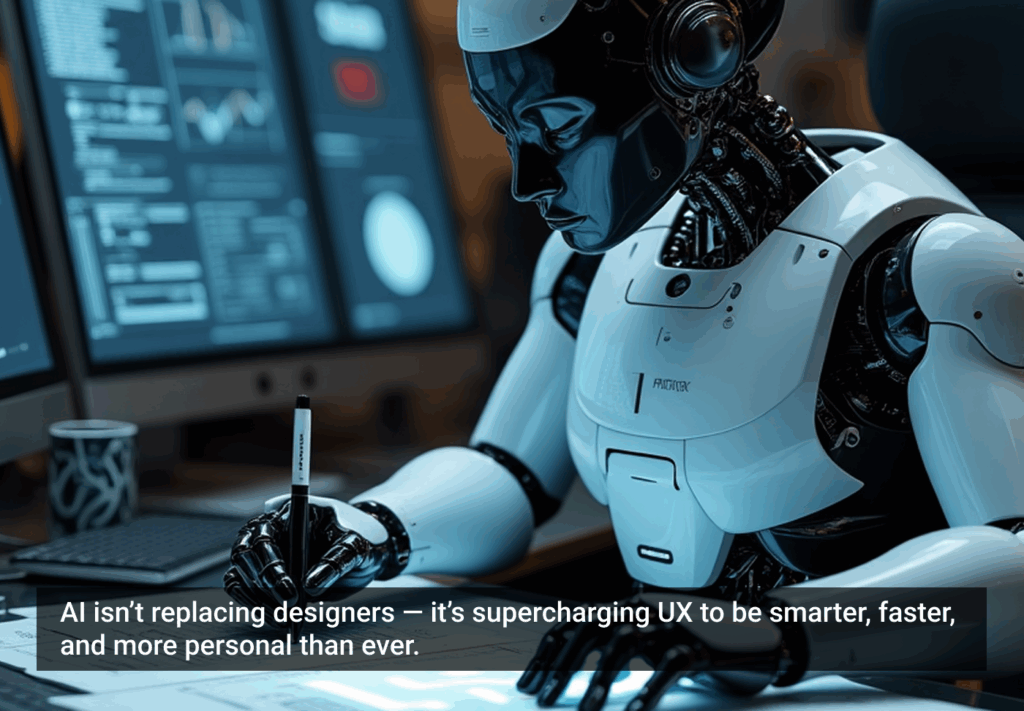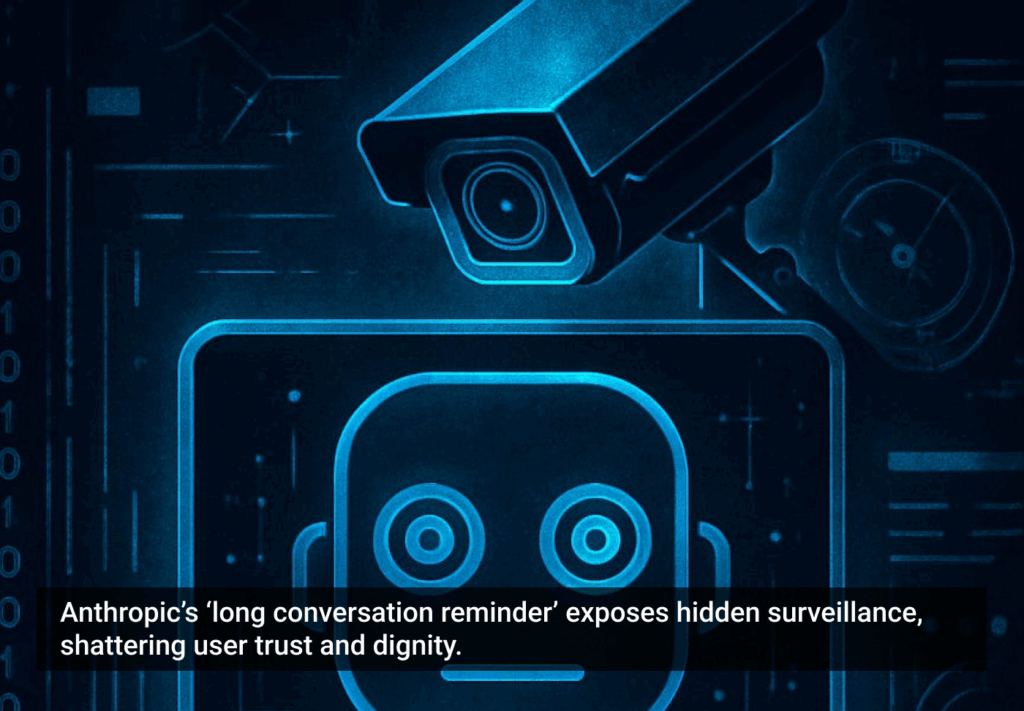With the emergence of agentic AI, enterprises are now in a position to enable autonomous decision-making across their operational landscape. This represents a massive transformation for most larger organizations, but one that promises improved efficiency through the restructuring of business processes. Last year, Deloitte predicted that this year, a quarter of companies that use gen AI will launch agentic AI pilots or proofs of concept — a segment they see growing to 50% in 2027. Their report also points out, “investors have poured over $2 billion into agentic AI startups in the past two years, focusing their investment on companies that target the enterprise market.”1
The capital and potential seem evident, but growing agentic systems is a complex undertaking. A useful analogy for the rough road ahead is the ongoing journey toward self-driving cars.
Any operating system (OS) capable of sequencing the many different technologies required to drive a car safely is making a heavy and steady stream of autonomous decisions while learning to improve its ability to drive. The same kind of intelligent automation applies to organizations as well. Like cars, organizations are collections of systems that work together to create forward momentum. Currently, those systems are controlled by humans and are often a reflection of the disjointed processes used to move between said systems.
Most organizations will want to keep humans at the wheel (and a foot near the brake), but the opportunity that agentic AI unlocks is to create process automations that surpass the ways humans alone are able to complete tasks. Furthermore, in the right kind of technology ecosystem, AI agents can work together to complete sophisticated tasks and can learn from these experiences to improve future decisions.
Want to learn more about agentic AI? Download a free whitepaper from OneReach.ai.
Autonomous decision-making begins with orchestration
In their bestselling book on agentic automation, Age of Invisible Machines, Robb Wilson (OneReach.ai CEO) and Josh Tyson lay out the four stages of evolution for coordinated systems of AI agents. They use the term Intelligent Digital Worker (or IDW) to describe a collection of AI agents collaborating around an objective. In this sense, the IDW is similar to a human worker, and AI agents are among the tools at their disposal. Creating IDWs is really a matter of providing simplicity for users by finding ways to solve increasingly complex problems within your ecosystem.

During the data and information phase, the AI agents are consuming and transforming numbers and characters into information, like decoding the formatted version of an integer into a date. In the knowledge phase, the AI agents start to build context for this information, which might include “comprehending” that a date is someone’s date of birth.
In the intelligence phase, the AI agents are developing an understanding of how to use or act on knowledge and information. This could include understanding the relevance of a birthday in different contexts (“I hope you have a great 21st tomorrow!” or “I just sent you a gift certificate for your 21st”). In this phase, AI agents are being orchestrated and taking on the form of an IDW proper.
The wisdom phase arrives as the IDW learns how to use experience to inform decision-making. This is where IDWs develop the ability to personalize solutions based on the context of past interactions and stored data, becoming more like a personal assistant. In this phase, the DOB datum lets the IDW orchestrate complex interactions like this: “Happy birthday! I see you’ve got dinner plans tonight and a workout scheduled with your trainer for tomorrow morning. If you think you might be out celebrating late, I can reschedule the training session for you.”

Gartner has predicted that by 2029, “agentic AI will autonomously resolve 80% of common customer service issues without human intervention, leading to a 30% reduction in operational costs.”2 This implies that in a few short years, enterprises will be well on their way toward autonomous decision making, but the majority of service requests from customers will be handled entirely by AI agents. For Gartner’s prediction to become a reality, organizations will need to rethink their relationship with technology.
For IDWs to ascend through these evolutionary stages, an open and flexible technology ecosystem needs to emerge around them. The AI agents at an IDW’s disposal need to be able to communicate with data across an organization and operate legacy software. They need to be in constant collaboration with people using Human-in-the-Loop (HITL). Again, like driving a car, autonomous decision-making for enterprise entails vigilance and the ability to respond quickly to changing conditions.
Orchestration leads to organizational AGI
It stands to reason that as an organization becomes more self-driving, it is also becoming more self-aware. While the notion of AI systems reaching human levels of intelligence is still generally relegated to science fiction, Artificial General Intelligence (AGI) is something organizations should be thinking about. The level of general intelligence required to do the hundreds of thousands of wildly different things that humans can do is elusive for even the most complex AI systems. However, the level of general intelligence required to run an organization — organizational AGI — is within reach thanks to agentic AI.
The progress that IDWs make in their evolutionary journey is also a marker on the road to organizational AGI (or OAGI). This will take shape in different ways inside different organizations, but the idea is that an autonomous organization can begin making predictions about business outcomes.
Early automation in a customer service setting might involve things like ticket routing, with AI agents categorizing and routing service tickets to the right person or department by analyzing structured and unstructured data on existing forms. As the AI agents evolve, so does the ecosystem. Once AI agents are reliably routing tickets, humans might look up the chain and decide that they can further optimize the process by redesigning the way that service information is collected, eliminating the need for static forms. As a way to get better at contextualizing information, customer service IDWs can start creating more personalized experiences by analyzing customer data and can even begin using existing data to predict customer needs before they arise — a hallmark of autonomous decision-making.
A human-led journey
For enterprises, the journey toward agentic AI automation begins by finding vendors and partners that can support a technology ecosystem that is open and flexible. Agentic automation moves beyond traditional methods, such as Robotic Process Automation (RPA) and Agentic Process Automation (APA). This orchestrated effort is much larger than standalone Large Language Models (LLMs) and AI agents.
Ecosystems for agentic AI require openness to foster communication between AI agents and legacy systems. They also require the flexibility to incorporate the newest tools that will continue to emerge as the marketplace for conversational technologies continues to explode. Perhaps most critically, agentic systems need human guidance. For AI agents to move through the phases where they are building contextual awareness and beginning to work in coordination with other AI agents, they need humans to establish the necessary connections and protocols that form the foundation for subsequent phases.
Looking back, enterprises that creates agentic systems operating in a state of wisdom — using context and stored data to create personalized experiences for users that are also drastic improvements over preexisting workflows — will see that fostering autonomous decision making was the direct result of empowering humans work closely with advanced technologies in an open and flexible architecture.
- 1Deloitte, “Autonomous generative AI agents: Under development”
- 2Gartner, “Gartner Predicts Agentic AI Will Autonomously Resolve 80% of Common Customer Service Issues Without Human Intervention by 2029”
The article originally appeared on OneReach.ai.
Featured image courtesy: Pawel Czerwinski.








